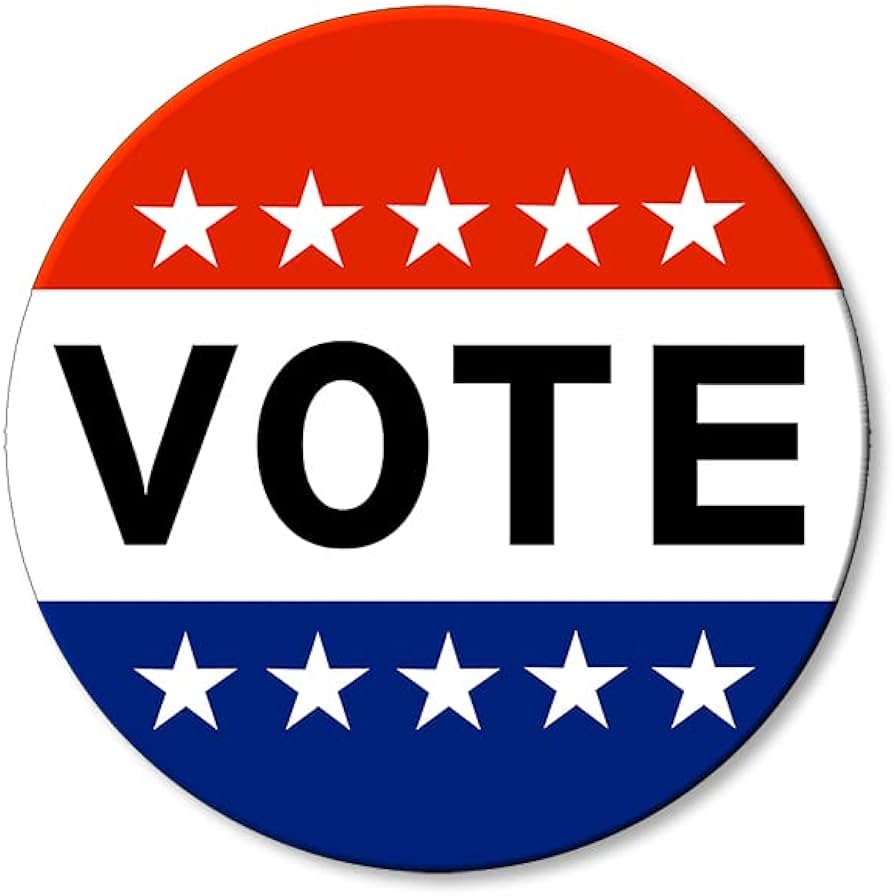The USDA’s Food & Safety Inspection Service found that 20 percent of the samples under this label tested positive for antibiotics, raising questions about how widespread mislabeling is in the U.S. commercial beef supply. These findings were announced last August, but the names of the companies which tested positive for antibiotics were not made publicly available until recently
[…]
“This strongly suggests that the US antibiotic-free beef supply is deeply contaminated and deeply deceptive to American consumers,” Andrew deCoriolis, the executive director of Farm Forward tells Sentient.
[…]
It’s been estimated that 70 percent of medically-important antibiotics sold in the U.S. — those used to treat human infections — are used to produce meat, dairy and other animal-sourced products
[…]
The World Health Organization calls antimicrobial resistance “one of the top global public health and development threats,” responsible for millions of deaths every year. The problem is only going to get worse, according to public health experts. The misuse and overuse of antibiotics — both in humans and farm animals (who often receive the same antibiotics) — leads bacteria to develop more resistant genes that then fail to respond to the medically necessary use of these drugs



I could be wrong, but AFAIK, “no antibiotics” means no prophylactic antibiotic use. It means they don’t dose the whole herd when one animal has some sort of bacterial infection, but they will treat that particular animal with antibiotics.
I agree that antibiotics should not be used to try to prevent infection, but I think it is inhumane to withhold antibiotics from animals that actually need them.
As I vaguely recall from an NPR Marketplace story I once heard, once a rancher treats his antibiotics-free cow with antibiotics it is pulled from the herd and sold as antibiotics treated beef. Or at least, that’s what they are supposed to do .
Yeah, I was wrong on that. The article did actually make that point near the end. I didn’t read that part before I commented.
I didn’t read it at all, so you are doing better than I.
20% sounds like a lot though, maybe one treated animal can affect many products
I read more of the article:
Seems that the labeling program doesn’t actually make the distinction I
thoughthoped they did.20% does sound like a lot, but given the nature of the problem they are trying to solve, I’d call it at least a partial win. With 80% testing negative, they clearly aren’t adding it to the feed. 20% indicates selective use. I don’t know how much lower it could feasibly go.
(I’m not particularly concerned with strict adherence to this specific labeling program. My concern is good animal husbandry, not bureaucracy.)
I am guessing animals who get infections are sold as antibiotic meat, not neglected